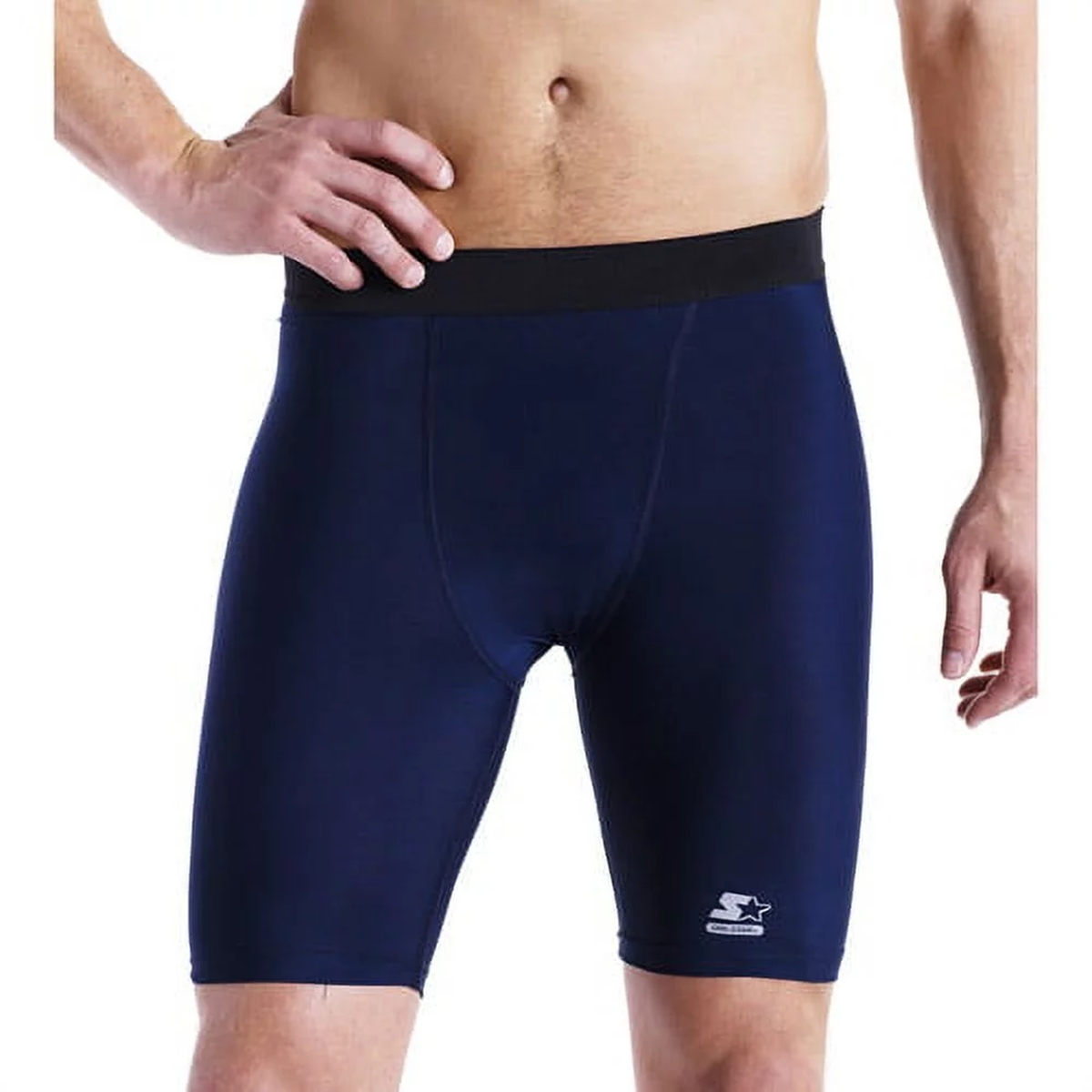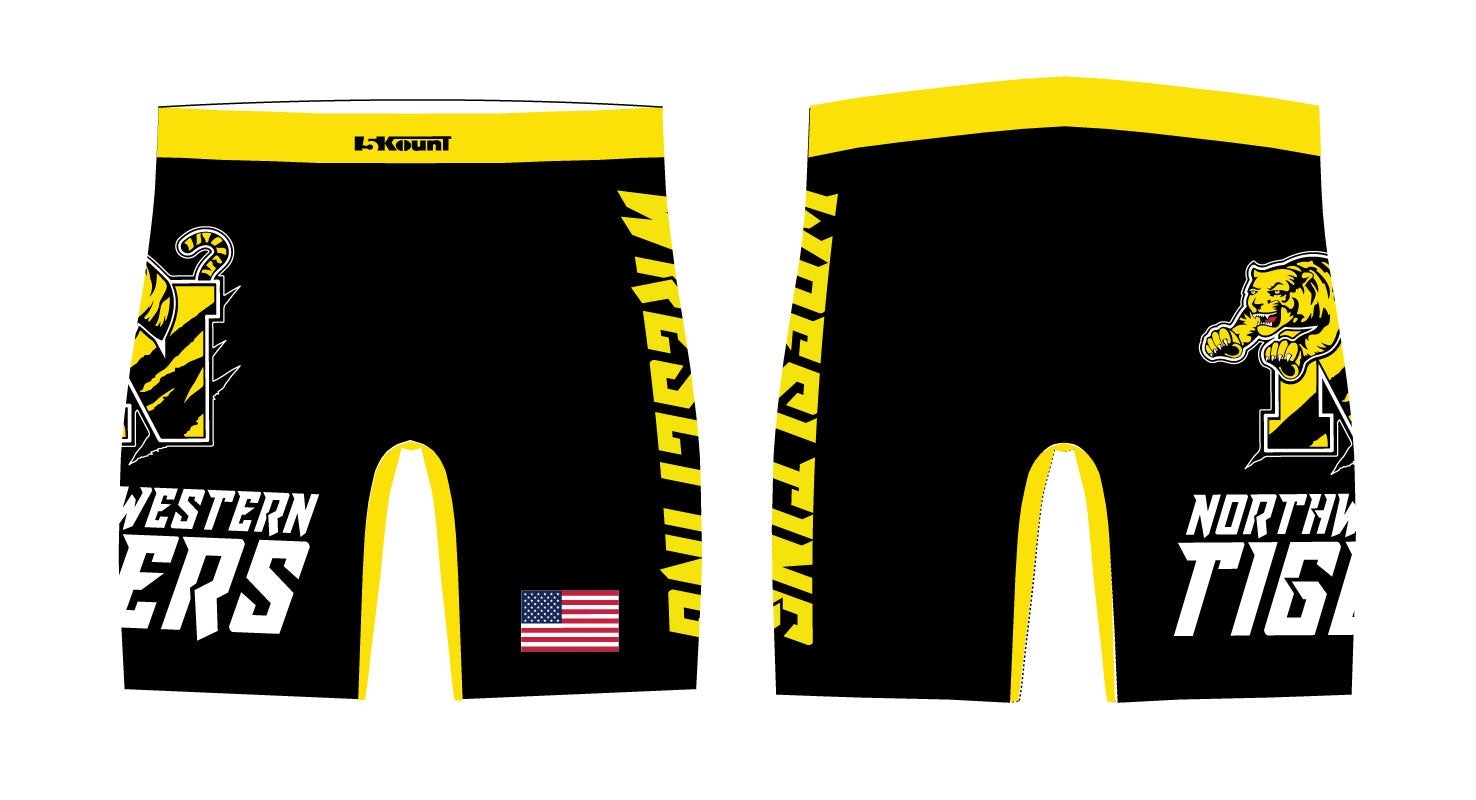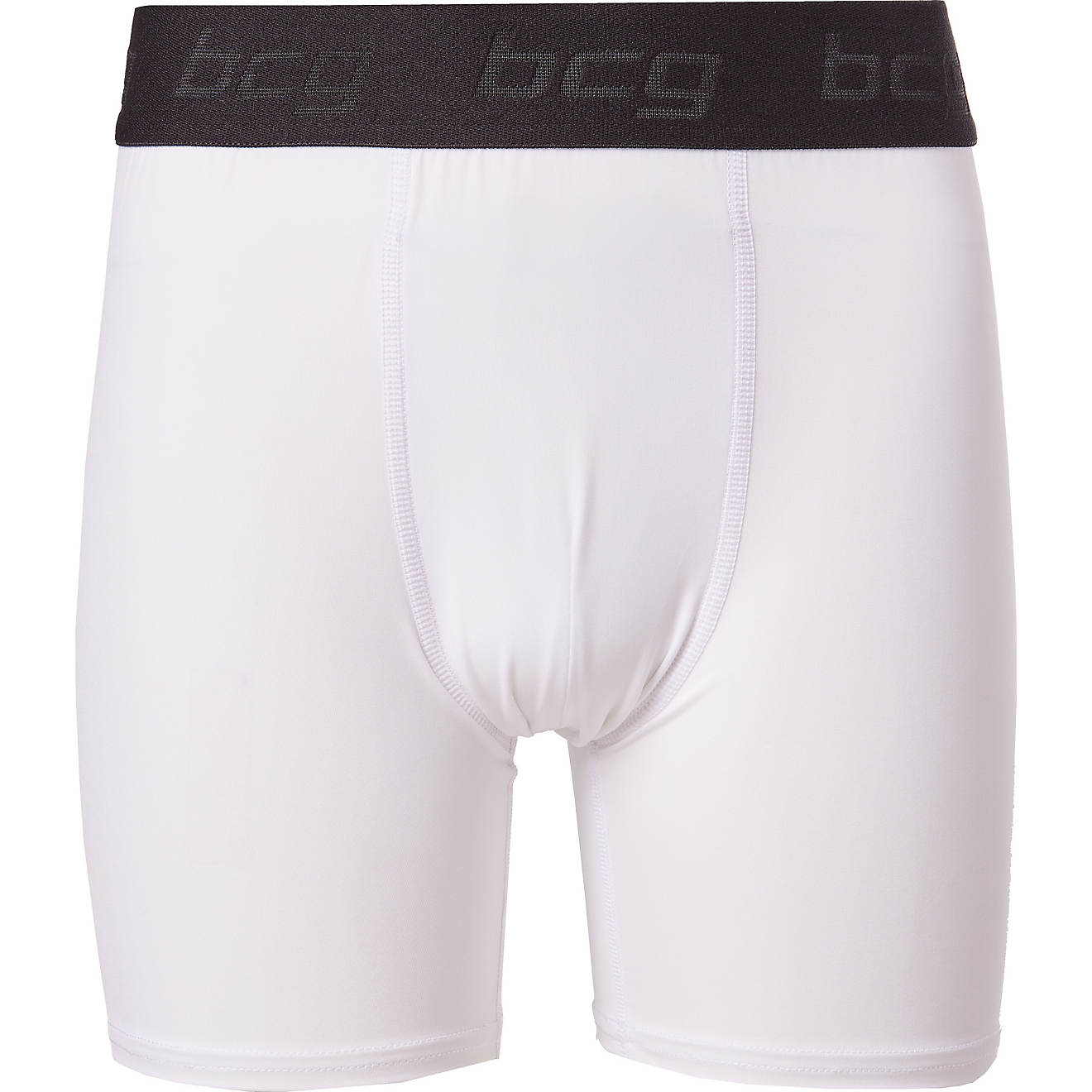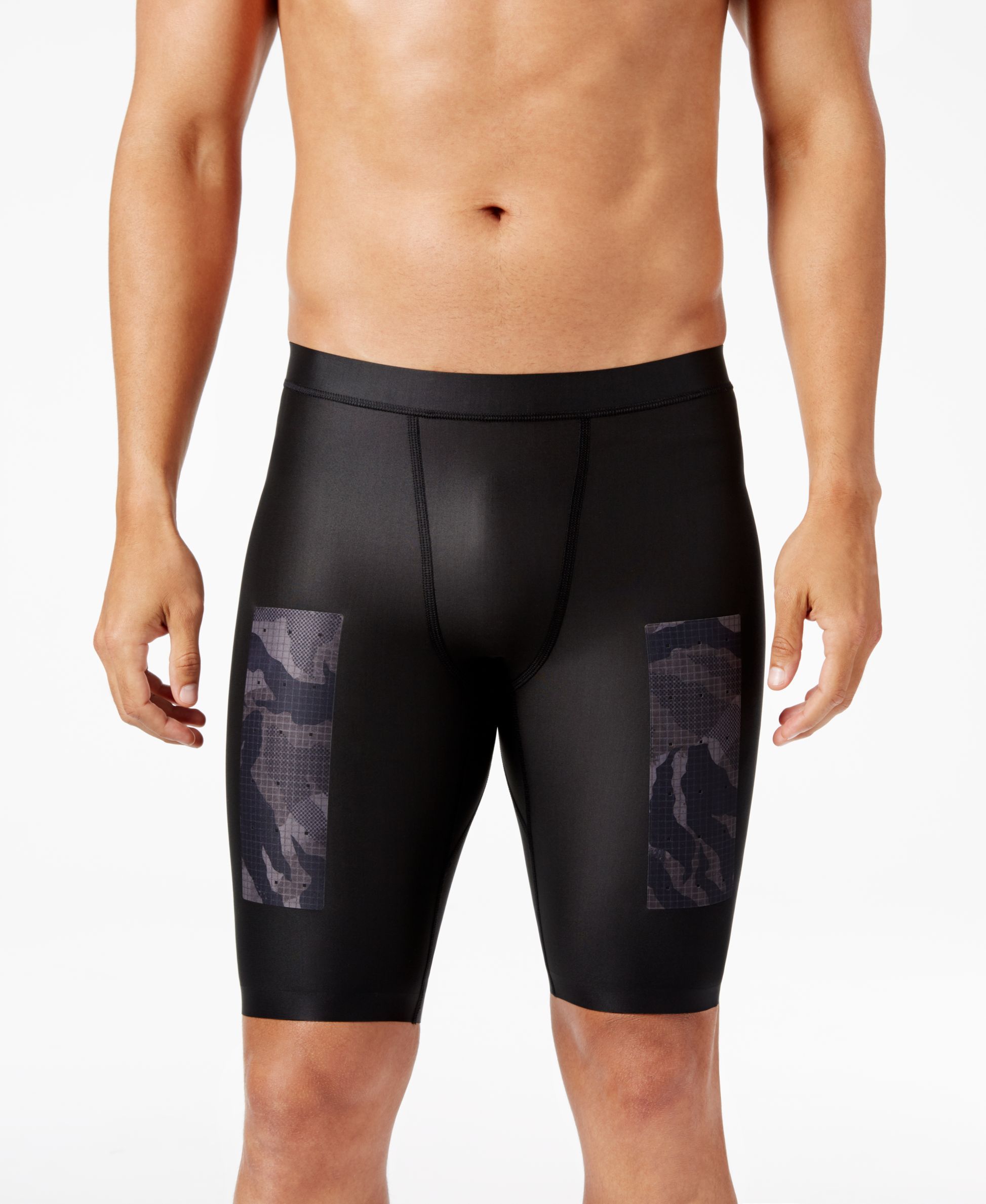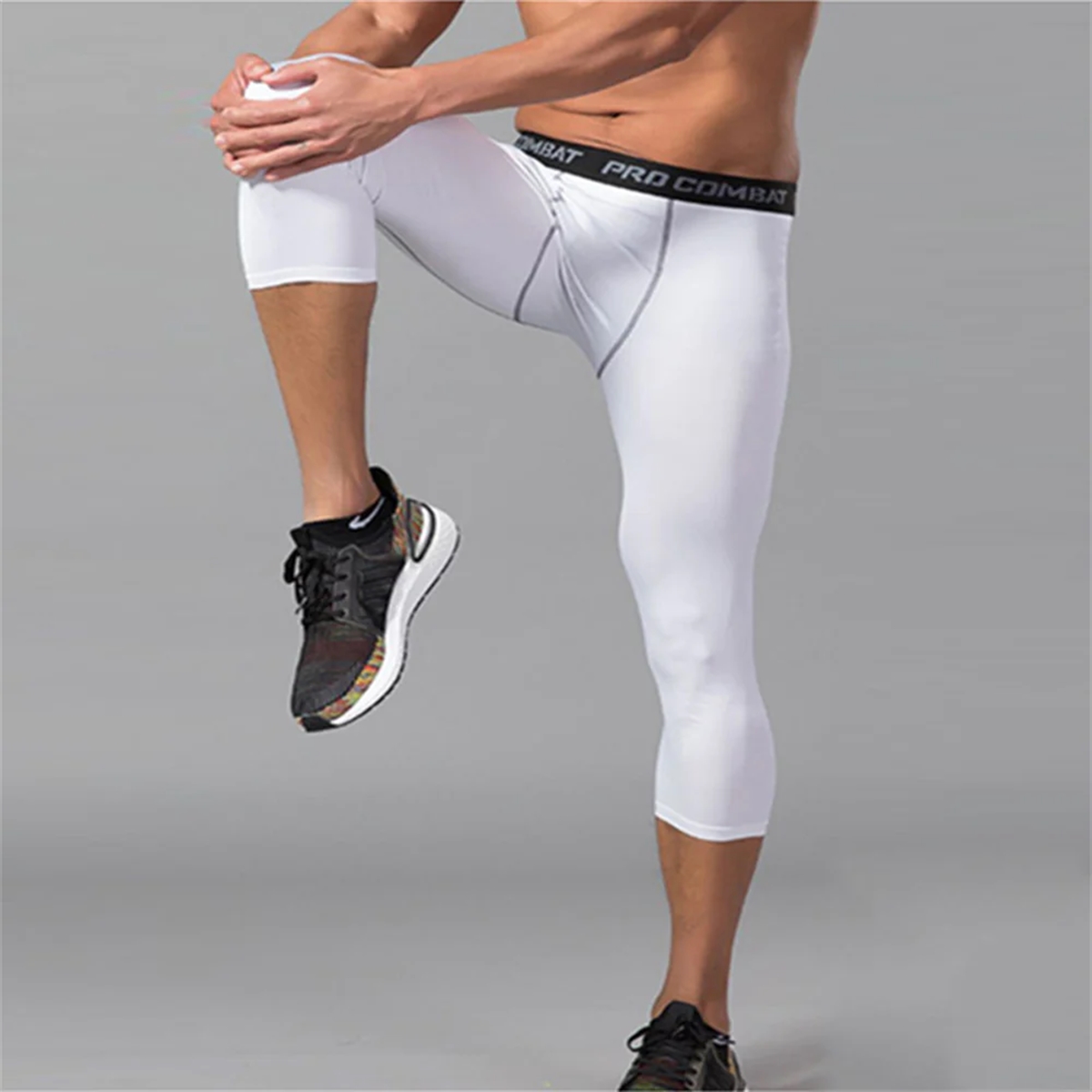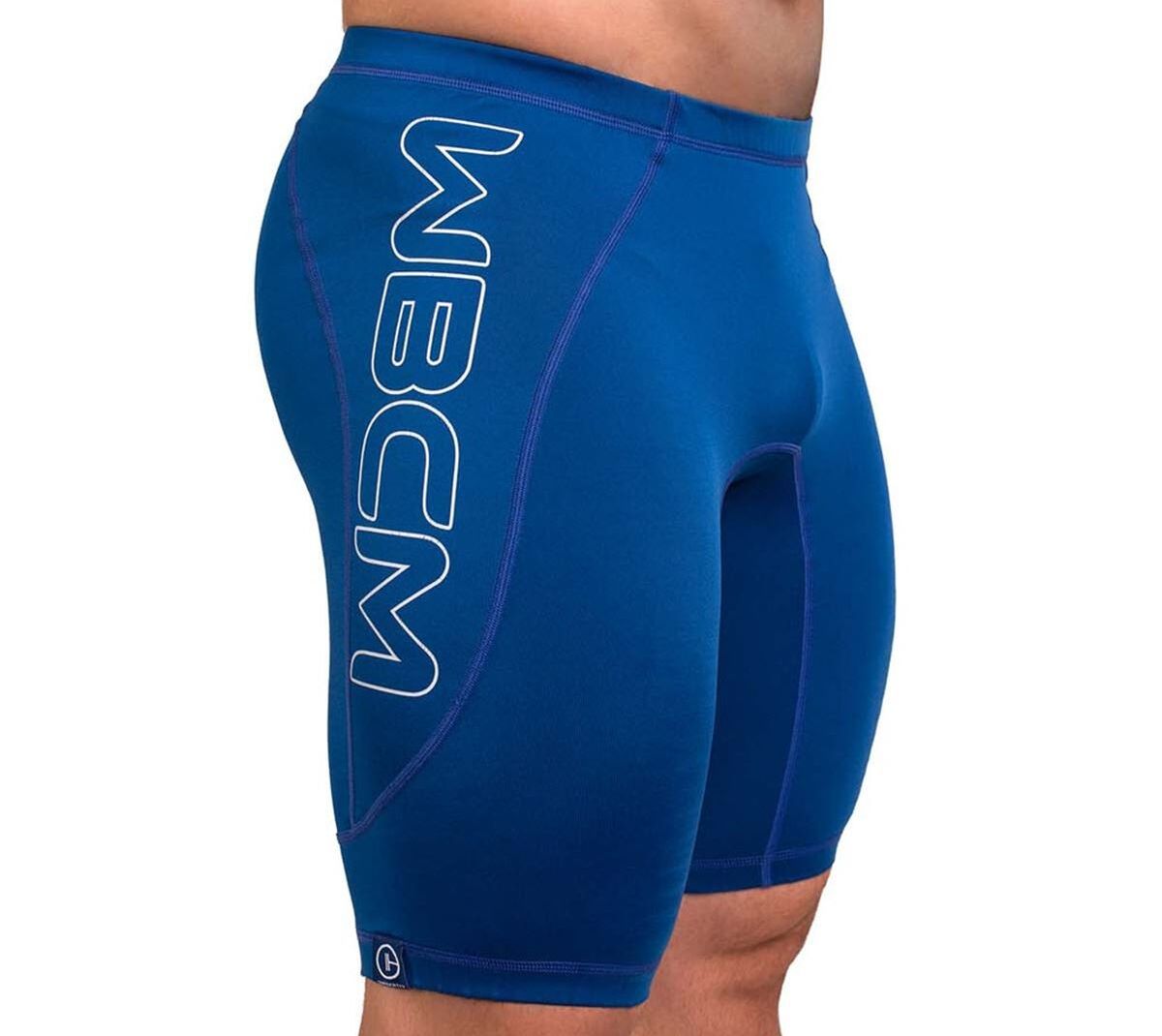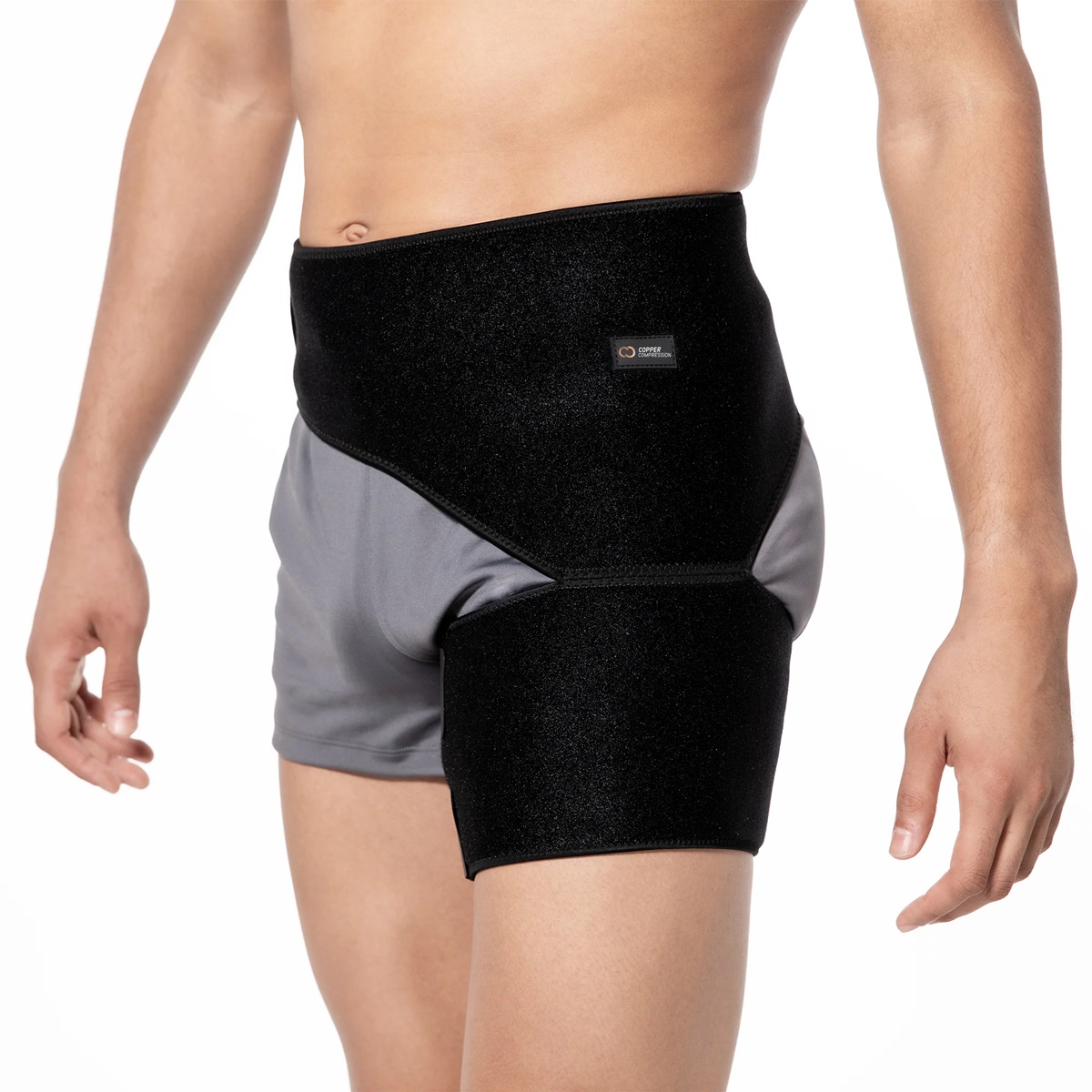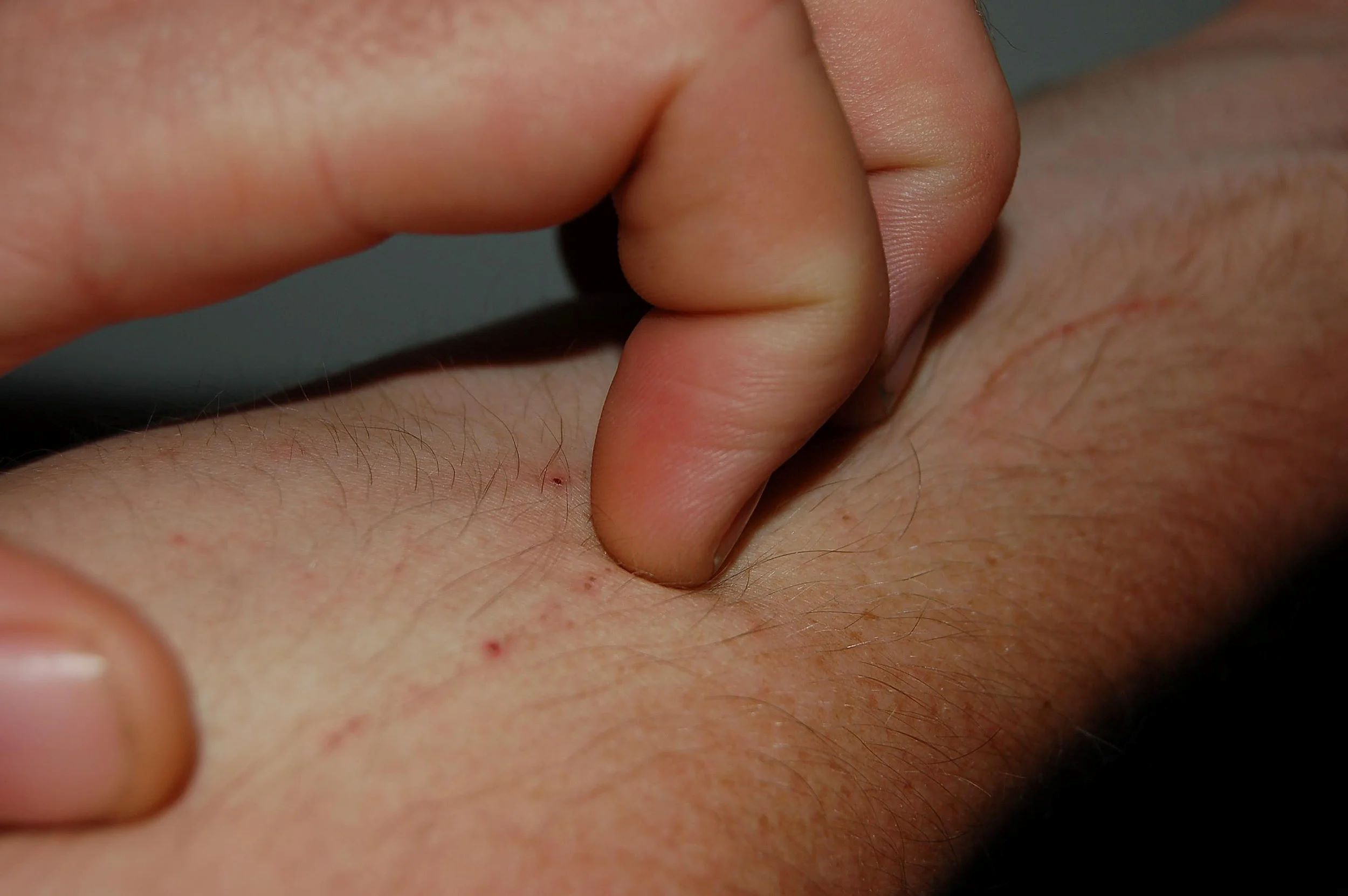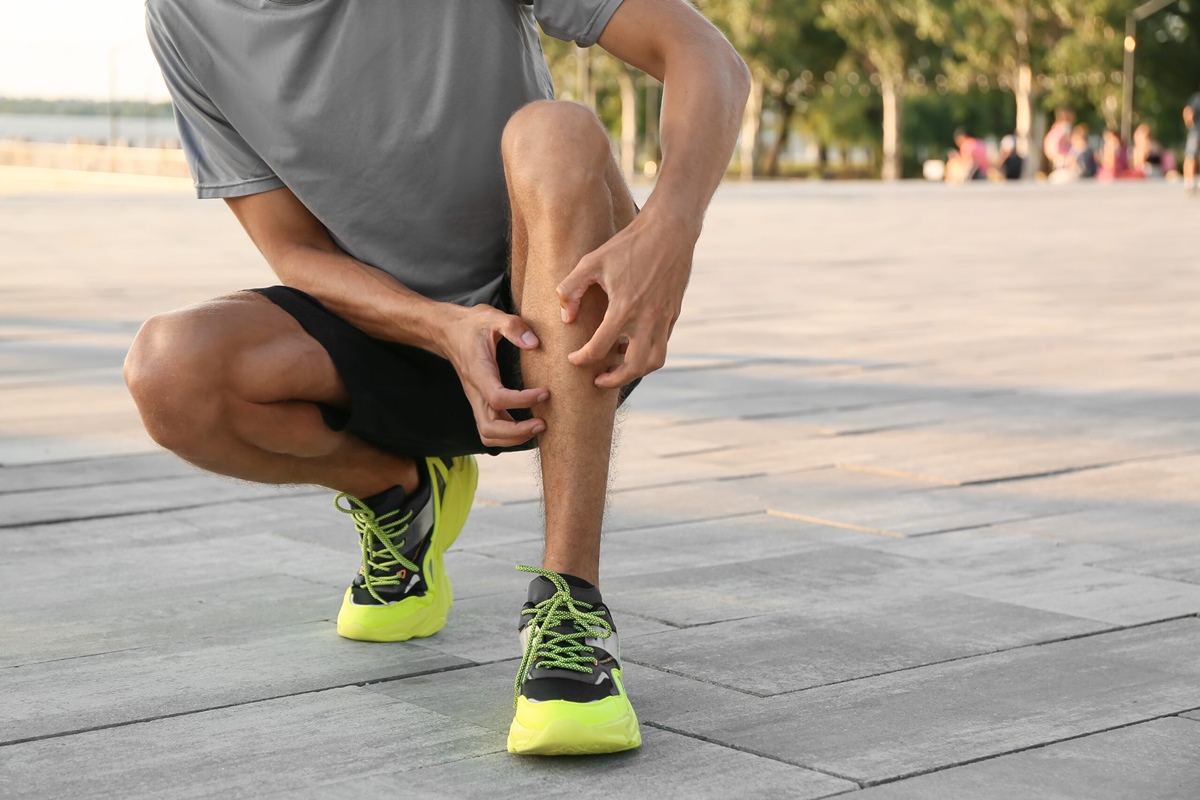

Featured
Why Does My Skin Itch When I Exercise
Modified: January 2, 2024
Discover why your skin becomes itchy when you exercise in this featured article. Explore the causes and remedies for exercise-induced itching.
Introduction
Have you ever experienced an itching sensation on your skin during or after exercise? If so, you’re not alone. Many people experience skin itchiness when they engage in physical activity, and it can be quite bothersome. In this article, we will explore the reasons behind exercise-induced itchiness and how you can prevent and manage it.
Exercise is vital for maintaining a healthy lifestyle, but sometimes it comes with unexpected side effects. While most of us associate physical activity with sweating and increased heart rate, it’s less commonly known that exercise can trigger skin itchiness. This itching sensation can occur on various parts of the body, such as the arms, legs, torso, or even the face.
Understanding the underlying causes of exercise-induced itchiness is crucial in finding effective solutions. It’s essential to realize that this itchiness is not a stand-alone symptom but rather a response to certain factors that come into play during exercise. These factors can vary from person to person, and the severity of the itchiness can also differ.
In the following sections, we will delve into the different factors that contribute to skin itchiness during exercise. From dryness and dehydration to heat and sweating, we will explore each aspect in detail. Additionally, we will discuss allergic reactions and exercise-induced urticaria, a condition characterized by hives and itching, which can be triggered by physical activity. Finally, we will provide tips and strategies to help prevent and manage exercise-induced itchiness, ensuring a more comfortable and enjoyable workout experience.
Understanding Exercise-Induced Itchiness
Exercise-induced itchiness, also known as exercise-induced pruritus, is a common phenomenon that can occur during or after physical activity. Itching during exercise can range from mild irritation to intense discomfort, affecting various parts of the body.
When you exercise, your body undergoes several physiological changes. These changes can contribute to the development of itchiness. One of the primary reasons behind this sensation is an increase in blood flow to the skin. As the blood vessels dilate to supply more oxygen and nutrients to the working muscles, it can lead to a release of histamines, causing itchiness.
In addition to increased blood flow and histamine release, exercise can also result in the production of sweat. Sweat contains salt and other impurities that can irritate the skin, leading to itchiness. Additionally, the combination of moisture and heat from sweating can create an ideal environment for the growth of fungi or bacteria, further aggravating the itchiness.
Moreover, the repetitive movements and increased friction during exercise can contribute to skin irritation and itchiness. This is particularly common in areas where the skin rubs against clothing or other body parts. The constant rubbing can disrupt the skin’s protective barrier, making it more susceptible to irritation and itchiness.
Another possible cause of exercise-induced itchiness is an allergic reaction. Some people may be allergic to specific allergens that are present in their environment or triggered by exercise. These allergens can range from pollen and dust to certain fabrics or materials used in workout gear. When exposed to these allergens, the body releases histamines, leading to itchiness and other allergic symptoms.
Furthermore, there is a specific condition known as exercise-induced urticaria, which causes hives and severe itching during or after exercise. Exercise-induced urticaria is considered a physical allergy and occurs due to an immune response triggered by physical exertion. The exact cause of this condition is not fully understood, but it is believed to be associated with histamine release and increased blood flow to the skin.
By understanding the various factors that contribute to exercise-induced itchiness, you can take proactive measures to prevent and manage this uncomfortable sensation. In the following sections, we will explore practical tips and strategies that can help alleviate exercise-induced itchiness and make your workouts more enjoyable.
Factors Contributing to Skin Itchiness during Exercise
Several factors can contribute to skin itchiness during exercise, and understanding these factors is crucial in finding effective solutions. Let’s take a closer look at some of the main causes:
- Dryness and Dehydration: When you exercise, your body loses moisture through sweat, leading to dehydration. This can result in dry skin, which is more prone to itchiness. Additionally, the loss of natural oils that help keep the skin moisturized can also contribute to skin dryness and itchiness.
- Heat and Sweating: Increased body temperature during exercise and the subsequent sweating can cause irritation and itchiness. Sweat can contain salt, bacteria, and other impurities that, when left on the skin, can lead to itchiness and discomfort.
- Friction and Irritation: The repetitive movements and increased friction during exercise can irritate the skin, especially in areas where clothing or body parts rub against each other. This can disrupt the skin’s protective barrier and cause itchiness.
- Allergic Reactions: Some individuals may be prone to allergic reactions during exercise. Various allergens, such as pollen, dust, or specific materials used in clothing or equipment, can trigger histamine release and result in skin itchiness.
- Exercise-Induced Urticaria: Exercise-induced urticaria is a condition characterized by the development of hives and severe itching during or after physical activity. It is believed to be a physical allergy, triggered by factors such as increased blood flow and histamine release.
It’s important to note that the intensity and duration of the itchiness can vary from person to person, and identifying the underlying factors specific to your situation is crucial in finding the most effective solutions.
In the next sections, we will discuss practical tips and strategies to prevent and manage exercise-induced itchiness. By incorporating these strategies into your workout routine, you can reduce discomfort and enjoy a more pleasant exercise experience.
Dryness and Dehydration
Dryness and dehydration can contribute to skin itchiness during exercise. As you exercise, your body produces sweat to regulate its temperature. However, excessive sweating can lead to the loss of moisture and natural oils from your skin, resulting in dryness and itchiness.
When your skin becomes dry, its protective barrier is compromised, making it more susceptible to irritation and itchiness. Dry skin lacks the necessary moisture to keep it hydrated and supple, leading to a rough and flaky texture.
To prevent dryness and dehydration-related itchiness during exercise, it’s essential to take proper care of your skin. Here are some tips to keep your skin moisturized and itch-free:
- Hydrate Before, During, and After Exercise: Make sure to drink plenty of water before, during, and after your workout to stay adequately hydrated. Proper hydration helps maintain the moisture balance in your body and prevents dryness of the skin.
- Moisturize Regularly: Apply a moisturizer to your skin before and after exercise. Look for a moisturizer that is suitable for your skin type and contains ingredients like hyaluronic acid, glycerin, or ceramides, which help retain moisture and restore the skin’s natural barrier.
- Avoid Hot Showers: After exercising, it’s tempting to take a long, hot shower, but hot water can strip away the natural oils from your skin, exacerbating dryness and itchiness. Opt for lukewarm water instead, and shorten your shower time.
- Use Gentle Cleansers: Choose mild, fragrance-free cleansers that are gentle on the skin. Harsh soaps can strip away moisture and irritate your skin, leading to dryness and itching.
- Avoid Overexfoliating: Exfoliating is beneficial for removing dead skin cells, but overdoing it can result in excessive dryness. Limit exfoliation to once or twice a week, and use a gentle exfoliator specifically designed for your skin type.
- Protect Your Skin: Wear protective clothing, such as long sleeves and wide-brimmed hats, to shield your skin from direct sunlight or harsh winds, which can further contribute to dryness.
By following these tips, you can help combat dryness and dehydration, keeping your skin well-hydrated and reducing the occurrence of exercise-induced itchiness. Remember, consistency in moisturizing and proper hydration is key to maintaining healthy skin, especially during and after exercise.
Heat and Sweating
Heat and sweating are common factors that contribute to skin itchiness during exercise. As you engage in physical activity, your body temperature rises, leading to increased sweating as a natural cooling mechanism. However, the combination of heat and sweat can sometimes lead to skin irritation and itchiness.
When sweat evaporates from your skin, it can leave behind salt and other impurities. This residue can irritate the skin and cause itching. Additionally, bacteria or fungi present on the skin can thrive in the warm, moist environment created by sweating, further contributing to itchiness and discomfort.
To minimize heat and sweat-related itchiness during exercise, consider the following tips:
- Wear Breathable Clothing: Choose workout clothes made of moisture-wicking materials, such as polyester or spandex blends. These fabrics help draw sweat away from your skin, allowing it to evaporate more easily and reducing the likelihood of itchiness.
- Loose-Fitting Clothing: Opt for loose-fitting clothing that allows air circulation, preventing moisture and sweat from getting trapped against your skin. Tight or restrictive clothing can increase friction and exacerbate itchiness.
- Change Out of Wet Clothes: After exercising, change out of your sweaty clothes as soon as possible. Lingering moisture can lead to prolonged skin irritation and make itchiness worse.
- Shower Promptly: Take a shower or cleanse your skin soon after exercising to remove sweat, salt, and bacteria. Use a gentle cleanser to wash away impurities without stripping your skin of its natural oils.
- Apply Cooling Products: Consider using cooling products or lotions containing ingredients like aloe vera or menthol to soothe any itchiness or irritation caused by heat and sweating.
- Avoid Excessive Heat and Humidity: If possible, exercise in a well-ventilated area or during cooler times of the day to minimize the production of sweat and reduce the overall heat exposure.
- Use Antiperspirants: If excessive underarm sweating causes itchiness, consider using antiperspirants to reduce perspiration and minimize irritation.
By implementing these strategies, you can help alleviate heat and sweat-related itchiness during exercise, allowing you to focus on your workout without the distraction of discomfort.
Friction and Irritation
Friction and irritation are common factors that contribute to skin itchiness during exercise. As you move and engage in physical activity, certain body parts may rub against each other or against your clothing, leading to friction and discomfort.
The constant rubbing and friction can disrupt the skin’s protective barrier, making it more susceptible to irritation and itchiness. This is particularly common in areas where the skin folds or where clothing fits snugly, such as the underarms, inner thighs, or waistline.
To minimize friction and irritation-related itchiness during exercise, consider the following tips:
- Wear Properly Fitted Clothing: Choose workout clothes that fit properly and are not too tight or restrictive. Look for options with smooth seams and take note of any areas prone to rubbing against your skin during exercise.
- Use Moisture-Wicking Fabrics: Opt for clothing made from moisture-wicking fabrics that help reduce moisture buildup and friction. These materials draw sweat away from the skin, preventing chafing and irritation.
- Apply Protective Products: Consider applying a thin layer of petroleum jelly or anti-chafing balm to areas prone to friction, such as inner thighs or underarms. These products help reduce friction and create a protective barrier for your skin.
- Avoid Cotton Clothing: While cotton is a breathable fabric, it can become heavy and retain moisture during exercise, increasing the likelihood of friction and irritation. Opt for synthetic or blended fabrics that offer better moisture management.
- Stay Dry: After exercising or sweating, pat your skin dry gently with a clean towel. Excess moisture can exacerbate friction and irritation, leading to itchiness.
- Choose Suitable Footwear: If your feet are prone to blisters or irritation during exercise, invest in moisture-wicking socks and properly fitted shoes that provide adequate support and cushioning.
- Take Breaks: If you engage in activities that involve constant movements or repetitive actions, consider taking periodic breaks to give your skin a chance to breathe and minimize prolonged friction.
By following these tips, you can reduce friction and irritation during exercise, minimizing the occurrence of itchiness and discomfort. It’s important to listen to your body and make necessary adjustments to your clothing and gear to ensure maximum comfort and protection for your skin.
Allergic Reactions
Allergic reactions can be a significant contributing factor to skin itchiness during exercise. Some individuals may have specific allergies that can be triggered by exercise or certain environmental factors present during physical activity. These allergens can range from pollen and dust to certain types of fabric or materials used in workout gear.
When your body is exposed to an allergen, it initiates an immune response, causing the release of histamines and other chemicals. These chemicals can lead to inflammation, itching, and other symptoms associated with allergies.
To minimize allergic reactions and the associated itchiness during exercise, consider the following tips:
- Identify Your Triggers: Take note of any patterns or specific allergens that seem to trigger itchiness or other allergic symptoms during exercise. Keep a journal and consult an allergist if needed to help identify and manage your specific triggers.
- Avoid Allergens: If you are aware of specific allergens that trigger your symptoms, take precautions to avoid them during exercise. For example, if pollen is a trigger, try to exercise indoors or when pollen counts are lower.
- Choose Suitable Workout Gear: Opt for workout clothing made from hypoallergenic materials or fabrics specifically designed for sensitive skin. Avoid fabrics that may contain allergens or irritants, such as certain synthetic materials or wool.
- Wash Workout Gear Regularly: Clean your workout clothing and gear regularly to remove any allergens, such as pollen or dust. Use fragrance-free, hypoallergenic laundry detergents to avoid further irritations.
- Consider Allergy Medications: If you have known allergies, consult with a healthcare professional about the use of allergy medications before exercising. Antihistamines or other allergy medications can help alleviate allergic symptoms, including itchiness.
- Practice Good Hygiene: After exercising, take a shower or wash your skin to remove any potential allergens that may have come into contact with your body during your workout.
- Seek Medical Advice: If you have severe or persistent itching during exercise that is accompanied by other allergic symptoms, it’s important to consult with a healthcare professional or an allergist. They can help diagnose any underlying allergies and recommend appropriate treatments.
By taking precautions, being aware of your triggers, and seeking medical advice when needed, you can better manage allergic reactions and reduce the itchiness experienced during exercise.
Exercise-Induced Urticaria
Exercise-induced urticaria is a specific condition characterized by the development of hives and severe itching during or after physical activity. It is considered a form of physical allergy and is believed to be triggered by factors such as increased blood flow and histamine release.
The exact cause of exercise-induced urticaria is not fully understood, but it is thought to involve a combination of genetic predisposition and immune system reactions. The condition typically manifests as red, itchy welts or raised areas on the skin known as hives.
If you experience exercise-induced urticaria, it’s important to take the following measures:
- Identify Your Triggers: Keep track of your symptoms and identify any patterns or specific triggers that may lead to hives or itching during exercise. Common triggers include intense physical activity, certain food or drinks consumed before exercise, or environmental factors such as temperature or humidity.
- Take Precautions: If you are prone to exercise-induced urticaria, consider taking antihistamines or other prescribed medications as recommended by a healthcare professional. These medications can help prevent or reduce the severity of allergic reactions during exercise.
- Gradually Increase Intensity: Start your exercise routine with low to moderate intensity and gradually increase it over time. Sudden and intense workouts can trigger stronger allergic reactions, so it’s crucial to allow your body to adapt gradually to physical exertion.
- Stay Hydrated: Drinking plenty of water before, during, and after exercise can help dilute potential allergens in the bloodstream and reduce the risk of allergic reactions.
- Exercise with a Buddy: If you have a history of severe exercise-induced urticaria or anaphylaxis, consider exercising with a partner who is aware of your condition. They can provide assistance or seek help if needed in case of a severe allergic reaction.
- Wear Identification: In cases of severe exercise-induced urticaria, it may be helpful to wear a medical ID bracelet or carry a card indicating your condition and emergency contact information in case of a severe allergic reaction.
- Consult a Healthcare Professional: If you experience frequent or severe episodes of exercise-induced urticaria, it’s crucial to consult with a healthcare professional or an allergist. They can provide a proper diagnosis, offer personalized advice, and discuss potential treatment options.
It’s important to remember that exercise-induced urticaria can vary in severity and may require individualized management. By being aware of your triggers and taking appropriate precautions, you can minimize the risk of allergic reactions and enjoy your exercise routine with greater peace of mind.
Tips to Prevent and Manage Exercise-Induced Itchiness
Experiencing itchiness during exercise can be frustrating and uncomfortable, but there are several practical tips and strategies you can implement to prevent and manage this issue. By following these suggestions, you can enjoy a more comfortable and enjoyable workout experience:
- Moisturize the Skin Properly: Prior to exercise, apply a moisturizer to keep your skin hydrated and reduce the likelihood of dryness and itchiness. Choose a moisturizer that is suitable for your skin type and apply it to your entire body, focusing on areas prone to irritation.
- Wear Moisture-Wicking and Breathable Clothing: Opt for workout clothes made of moisture-wicking fabrics that help draw sweat away from your skin. These fabrics can prevent moisture buildup and minimize friction, reducing the risk of skin irritation and itchiness.
- Warm-Up and Cool Down Properly: Engage in proper warm-up and cool-down exercises to gradually prepare your body for physical activity and allow it to recover afterward. This can help reduce the likelihood of sudden histamine release and minimize post-exercise itchiness.
- Avoid Excessive Heat and Humidity: High temperatures and humidity can exacerbate itchiness during exercise. Whenever possible, choose well-ventilated exercise environments and avoid exercising in extreme heat or humidity.
- Stay Hydrated: Proper hydration is essential for maintaining skin health and reducing the risk of itchiness. Drink plenty of water before, during, and after your workout to stay adequately hydrated.
- Identify and Avoid Allergens: If you have known allergies, be aware of potential triggers and take precautions to avoid them during exercise. This may involve modifying your exercise environment or making dietary changes prior to workouts.
- Consult a Healthcare Professional: If you experience persistent or severe itchiness during exercise, it’s important to consult with a healthcare professional or dermatologist. They can help determine the underlying cause and provide personalized advice or treatments to alleviate your symptoms.
By incorporating these tips into your exercise routine, you can minimize the occurrence of exercise-induced itchiness and focus on achieving your fitness goals with greater comfort and ease. Remember that prevention is key, so maintaining proper skincare and addressing any underlying allergies or skin conditions can go a long way in managing exercise-induced itchiness effectively.
Moisturize the Skin Properly
Properly moisturizing your skin is an important step in preventing and managing exercise-induced itchiness. Moisturizing helps keep your skin hydrated, improving its overall health and reducing the likelihood of dryness and irritation during physical activity.
Before starting your exercise routine, it’s essential to apply a moisturizer to your skin. Choose a moisturizer that is suitable for your skin type and contains hydrating ingredients like hyaluronic acid, glycerin, or ceramides. These ingredients help attract and retain moisture in the skin, creating a protective barrier against external irritants.
Here are some tips to ensure you moisturize your skin properly before exercise:
- Choose the Right Moisturizer: Select a moisturizer that suits your skin type—whether it’s dry, oily, or sensitive. Look for one that is oil-free and non-comedogenic if you have acne-prone skin.
- Apply Moisturizer to Damp Skin: It’s best to moisturize your skin when it’s slightly damp because it helps to lock in moisture. After cleansing your skin, pat it dry gently and then apply the moisturizer.
- Focus on Problem Areas: Pay attention to areas prone to dryness and irritation, such as your elbows, knees, and ankles. Apply an extra layer of moisturizer to these areas to provide additional hydration and protection.
- Massage the Moisturizer Into Your Skin: Take a few minutes to massage the moisturizer into your skin using gentle circular motions. This helps improve absorption and stimulates blood flow to the area.
- Allow the Moisturizer to Absorb: Give the moisturizer a few minutes to absorb fully into your skin before getting dressed for your workout. This will ensure that it doesn’t rub off onto your clothes and allows it to work effectively.
- Reapply as Needed: If your workout lasts for an extended period or if you notice your skin becoming dry during your exercise routine, feel free to reapply moisturizer as needed.
- Choose Fragrance-Free Options: Fragrances can sometimes irritate the skin, especially if it’s sensitive. Opt for fragrance-free moisturizers to minimize the risk of any adverse reactions.
By moisturizing your skin properly before exercise, you can help maintain its hydration levels, strengthen its natural barrier, and reduce the risk of exercise-induced itchiness. Remember to choose moisturizers that suit your skin’s needs, focus on problem areas, and give your skin time to absorb the product for the best results.
Wear Moisture-Wicking and Breathable Clothing
The clothing you choose to wear during exercise plays a significant role in preventing and managing exercise-induced itchiness. Opting for moisture-wicking and breathable fabrics can help minimize sweat buildup, reduce friction, and promote better airflow, keeping your skin dry and comfortable throughout your workout.
Moisture-wicking fabrics are designed to pull moisture away from your skin and disperse it across the surface, allowing it to evaporate more quickly. This helps to prevent excess sweat from accumulating on your skin, which can contribute to irritation and itchiness.
Here are some pointers for selecting and wearing moisture-wicking and breathable clothing:
- Choose the Right Fabrics: Look for synthetic fibers like polyester or nylon, or blends with spandex, as they tend to have better moisture-wicking properties compared to natural fibers like cotton. High-quality moisture-wicking fabrics can effectively draw sweat away from your skin.
- Check for Breathability: Ensure the clothing has breathable properties that allow air to circulate freely, aiding in the evaporation of sweat. Look for clothing with mesh panels or strategic ventilation to enhance breathability in key areas.
- Avoid Cotton: While cotton is a popular fabric choice for its softness, it tends to absorb moisture and hold onto it, leaving your skin damp and more prone to irritation. Save cotton clothing for low-intensity activities or as a top layer during cooler weather.
- Consider Seamless or Flat-Seam Designs: Clothing with seamless or flat-seam designs minimizes friction against your skin, reducing the risk of irritation and itchiness. This is particularly important in areas where clothing directly rubs against your skin, such as the underarms or inner thighs.
- Ensure the Right Fit: Opt for clothing that fits properly without being overly tight or restrictive. Tight clothing can create more friction and increase the likelihood of irritation, while overly loose clothing may cause chafing from excessive movement. Find a balance that allows for ease of movement while minimizing friction against your skin.
- Wash and Dry Properly: Follow the care instructions on the clothing label when it comes to washing and drying. Using the appropriate settings and detergents can help maintain the integrity of the fabric and its moisture-wicking properties.
- Change Out of Sweat-Soaked Clothes: After your workout, change out of your sweaty clothing as soon as possible. Lingering moisture can exacerbate itchiness and increase the risk of skin irritation and rashes.
By choosing moisture-wicking and breathable clothing, you can reduce sweat accumulation, minimize friction, and enhance airflow, all of which contribute to a more comfortable exercise experience. Remember to prioritize comfort and breathability when selecting your workout attire to help prevent exercise-induced itchiness.
Warm-Up and Cool Down Properly
Proper warm-up and cool-down routines are essential not only for injury prevention and performance optimization but also for minimizing the risk of exercise-induced itchiness. Taking the time to warm up your body before exercise and cool it down afterward can help prepare your muscles and prevent sudden histamine release, reducing the likelihood of itchiness during and after your workout.
During a warm-up, your body gradually increases blood flow, which helps to improve muscle flexibility and prepare your cardiovascular system for the impending physical activity. This gradual warm-up can help reduce the sudden release of histamines, minimizing the associated itchiness.
Here are some tips to ensure you warm up and cool down properly:
- Dynamic Warm-Up: Engage in dynamic warm-up exercises that involve active movements, such as jogging, light stretching, or performing bodyweight exercises. This helps increase blood flow and body temperature gradually.
- Target Major Muscle Groups: Focus on warming up major muscle groups specific to your workout. For example, if you’re going for a run, include exercises that target your legs, such as lunges or high knees.
- Gradually Increase Intensity: During your warm-up, gradually increase the intensity of your movements. This gradual progression helps prepare your body for the upcoming physical demands and minimizes the risk of sudden histamine release.
- Duration of Warm-Up: Depending on the intensity of your workout, aim for a warm-up duration of at least 5-10 minutes. This timeframe allows your body to transition from a resting state to an active state gradually.
- Cool-Down Exercises: After completing your main workout, engage in cool-down exercises to gradually bring your heart rate and body temperature back to a pre-exercise state. This can include walking, gentle stretching, or foam rolling.
- Static Stretching: Incorporate static stretching exercises during your cool-down to help relax and elongate your muscles. Hold each stretch for approximately 15-30 seconds without bouncing.
- Hydrate: As part of your cool-down routine, replenish lost fluids by hydrating with water. This helps restore proper hydration levels and aids in muscle recovery.
- Listen to Your Body: Pay attention to any sensations or signs of itchiness during warm-up, and adjust your exercise intensity if necessary. If you experience persistent or severe itchiness, consult with a healthcare professional for further evaluation.
By incorporating proper warm-up and cool-down routines into your workout regimen, you can help minimize the risk of exercise-induced itchiness. Take the time to prepare your body before engaging in physical activity and allow it to recover gradually afterward. This comprehensive approach will not only benefit your performance but also contribute to a more enjoyable and itch-free exercise experience.
Avoid Excessive Heat and Humidity
Exercising in excessive heat and humidity can increase the likelihood of skin irritation and itchiness. The combination of these factors can lead to excessive sweating, moisture buildup, and a higher risk of skin-related issues during and after your workout. Taking measures to avoid excessive heat and humidity can help prevent discomfort and itchiness.
Here are some tips to ensure you avoid excessive heat and humidity during exercise:
- Time Your Workouts Wisely: Plan your exercise routine during cooler times of the day, such as early mornings or late evenings, to avoid peak heat and humidity levels.
- Check the Weather: Before heading out for your workout, check the weather forecast for the day. If temperatures are expected to be excessively high or humidity levels are high, consider modifying your activity or moving it indoors.
- Choose Appropriate Exercise Environment: If possible, exercise in well-ventilated or air-conditioned spaces to help dissipate heat and maintain a comfortable temperature.
- Dress for the Weather: Wear light-colored, loose-fitting clothing that allows for proper airflow and helps to reflect sunlight rather than absorb heat.
- Protect Yourself from the Sun: Apply a broad-spectrum sunscreen with SPF, wear a wide-brimmed hat, and use sunglasses to shield your skin from direct sun exposure, as prolonged sun exposure can contribute to skin irritation and itchiness.
- Stay Hydrated: Proper hydration is crucial in hot and humid conditions. Drink water before, during, and after your workout to replace lost fluids and maintain optimal hydration levels. Hydrating properly can help regulate body temperature and reduce the risk of heat-related skin irritations.
- Take Breaks: Listen to your body and take breaks as needed, especially in extreme heat. Rest in shaded or cooler areas to allow your body to recover from the heat and reduce the risk of heat-related symptoms and skin irritations.
- Use Cooling Methods: Consider using cooling methods, such as taking a cold shower before and after your workout, or using cold towels or ice packs on your skin to help regulate your body temperature and reduce the risk of heat-related itchiness.
By avoiding excessive heat and humidity and taking appropriate measures to protect yourself, you can help prevent heat-related skin irritations and minimize the risk of itchiness during your workouts. Prioritize your safety and comfort by adjusting your exercise environment and clothing choices to better suit the prevailing weather conditions.
Stay Hydrated
Maintaining proper hydration is not only essential for overall health but also plays a crucial role in preventing exercise-induced itchiness. When you exercise, your body loses fluids through sweat, and dehydration can contribute to dryness and itchiness of the skin. It’s vital to stay properly hydrated before, during, and after your workouts to reduce the risk of skin irritation and itchiness.
Here are some tips to help you stay hydrated during exercise:
- Drink Water Before Your Workout: Start your exercise routine hydrated by drinking water before you start. This can help ensure that you begin your workout with optimal hydration levels.
- Drink Water During Your Workout: Sip on water or a sports drink during your exercise session to replace fluids lost through sweat. The amount you drink will depend on the intensity and duration of your workout, as well as your individual hydration needs.
- Pay Attention to Thirst Cues: Listen to your body’s thirst cues and drink when you feel thirsty. Thirst is a signal that your body needs more fluids, so honor those signals and sip on water as needed.
- Consider Electrolyte Replacement: Along with water, consider replenishing electrolytes lost through sweat, especially during intense or prolonged exercise. Electrolytes, such as sodium and potassium, are important for maintaining proper hydration and muscle function.
- Monitor Urine Color: Pay attention to the color of your urine as an indicator of your hydration status. Aim for a pale, straw-colored urine, which indicates good hydration. Dark-colored urine suggests that you may need to drink more fluids.
- Use Hydration Apps or Trackers: Utilize hydration apps or wearable devices that can help you monitor and track your water intake. These tools can provide reminders and help you stay on top of your hydration goals.
- Alternate Water with Other Hydrating Options: In addition to water, incorporate hydrating foods and beverages into your diet, such as fruits, vegetables, and herbal teas. These can contribute to your overall hydration levels.
- Be Mindful of Environmental Factors: Hot and humid environments can lead to increased sweating and higher fluid requirements. Adjust your water intake accordingly when exercising in such conditions.
Remember that hydration is an ongoing process, and it’s important to hydrate before, during, and after your workouts. By staying properly hydrated, you can support your body’s functions, maintain optimal skin hydration, and reduce the risk of exercise-induced itchiness.
Identify and Avoid Allergens
Allergens can be a common trigger for itchiness during exercise, especially if you have known allergies. Identifying and avoiding allergens specific to your condition can help prevent allergic reactions and minimize the risk of itchiness and discomfort while working out.
Here are some tips to help you identify and avoid allergens during exercise:
- Know Your Allergies: If you are prone to allergies, work with a healthcare professional or allergist to identify specific allergens that may trigger your symptoms during exercise. This may include common allergens such as pollen, dust mites, pet dander, or specific food allergies.
- Check Pollen and Air Quality Levels: If pollen allergies are a concern, schedule your outdoor workouts to coincide with low pollen count days. Monitoring air quality levels can also help you avoid exercising in environments with high levels of pollutants or irritants that may trigger allergic reactions.
- Modify Your Exercise Environment: If you are sensitive to airborne allergens, consider exercising indoors or in well-ventilated areas to minimize exposure. Using air purifiers or filters can also help reduce allergen levels in your workout space.
- Pay Attention to Food Triggers: Some individuals may experience exercise-induced itchiness as a result of specific food allergies. Keep a food diary and note any patterns between certain foods consumed before exercise and the onset of symptoms. Modify your diet accordingly to avoid these trigger foods before your workouts.
- Choose Appropriate Fabrics: Opt for workout clothing made from hypoallergenic materials or fabrics specifically designed for sensitive skin. Avoid fabrics that may contain allergens or irritants, such as certain synthetic materials or wool.
- Practice Proper Hygiene: Wash your workout clothing and equipment regularly to remove potential allergens, such as pollen, dust, or pet dander. Use fragrance-free, hypoallergenic laundry detergents to minimize the risk of skin irritations.
- Consider Allergy Medications: If you have known allergies, consult with a healthcare professional about the use of appropriate allergy medications before exercising. Antihistamines or other allergy medications can help alleviate allergic symptoms, including itchiness.
- Carry an Allergy Emergency Kit: If you have a severe allergy that may cause anaphylaxis, carry an allergy emergency kit with you during workouts. This kit may include an epinephrine auto-injector (such as an EpiPen) and any other medications recommended by your healthcare provider.
By being aware of your specific allergens and taking proactive steps to avoid them, you can minimize the risk of allergic reactions and subsequent itchiness during exercise. Implementing strategies to reduce exposure to allergens, whether through modifications to your environment, fabric choices, or dietary adjustments, can help make your workout experience more comfortable and enjoyable.
Consult a Healthcare Professional
If you find that exercise-induced itchiness persists despite your efforts to prevent and manage it, it’s important to consult with a healthcare professional. They can provide you with personalized advice, conduct proper evaluations, and recommend appropriate treatment options to address your specific situation.
Here are some reasons why you should consider consulting a healthcare professional:
- Proper Diagnosis: A healthcare professional can help determine the underlying cause of your exercise-induced itchiness. They can evaluate your symptoms and medical history to identify any potential underlying conditions or allergies that may be contributing to your discomfort.
- Personalized Advice: Healthcare professionals can provide tailored advice and recommendations based on your specific needs. They can assess your individual circumstances, such as existing medical conditions, allergies, or medications, to develop an effective management plan.
- Identification of Triggers: A healthcare professional can help you identify specific triggers that may be causing your itchiness during exercise. Through testing and discussions, they can pinpoint allergens or other factors that play a role in your symptoms.
- Recommendation of Medications: Depending on the severity and persistence of your symptoms, a healthcare professional may prescribe medications to help alleviate your exercise-induced itchiness. This can include antihistamines or other medications that target allergic reactions or manage underlying skin conditions.
- Monitoring and Follow-Up: By consulting with a healthcare professional, you can establish a relationship where they can monitor your progress and make any necessary adjustments to your treatment plan. Regular check-ups can help ensure that your symptoms are effectively managed.
- Addressing Underlying Conditions: If your exercise-induced itchiness is a symptom of an underlying medical condition, such as exercise-induced urticaria or eczema, a healthcare professional can provide appropriate treatment options to manage the condition as a whole.
- Emergency Preparedness: If you have a history of severe allergic reactions or exercise-induced symptoms, a healthcare professional can guide you on emergency preparedness. They can help you understand the signs of a severe reaction and provide instructions on self-administration of emergency medications like epinephrine.
Remember, healthcare professionals such as dermatologists or allergists have the knowledge and expertise to diagnose and manage conditions related to exercise-induced itchiness. Seeking their guidance can ensure that you receive the necessary care and support to address your symptoms effectively.
Conclusion
Exercise-induced itchiness can be a bothersome and uncomfortable experience, but with the right knowledge and strategies, you can prevent and manage it effectively. By understanding the factors that contribute to exercise-induced itchiness, such as dryness, heat, friction, allergies, and exercise-induced urticaria, you can take proactive steps to minimize its occurrence.
Moisturizing your skin properly before exercise, wearing moisture-wicking and breathable clothing, and engaging in a proper warm-up and cool-down routine are essential measures to prevent exercise-induced itchiness. Additionally, staying hydrated, identifying and avoiding allergens, and consulting a healthcare professional when needed can further support itchiness management.
Remember that everyone’s experience with exercise-induced itchiness may vary, so it’s important to find what works best for you. Pay attention to your body, listen to its cues, and make appropriate adjustments to your routine as necessary.
By implementing the tips and strategies outlined in this article, you can take control of exercise-induced itchiness and enjoy your workouts with greater comfort and confidence. Prioritize your skin health, stay diligent in your skincare routine, and don’t hesitate to seek professional guidance if needed. With a proactive approach, your exercise experience can be itch-free and more enjoyable, allowing you to focus on achieving your fitness goals.
